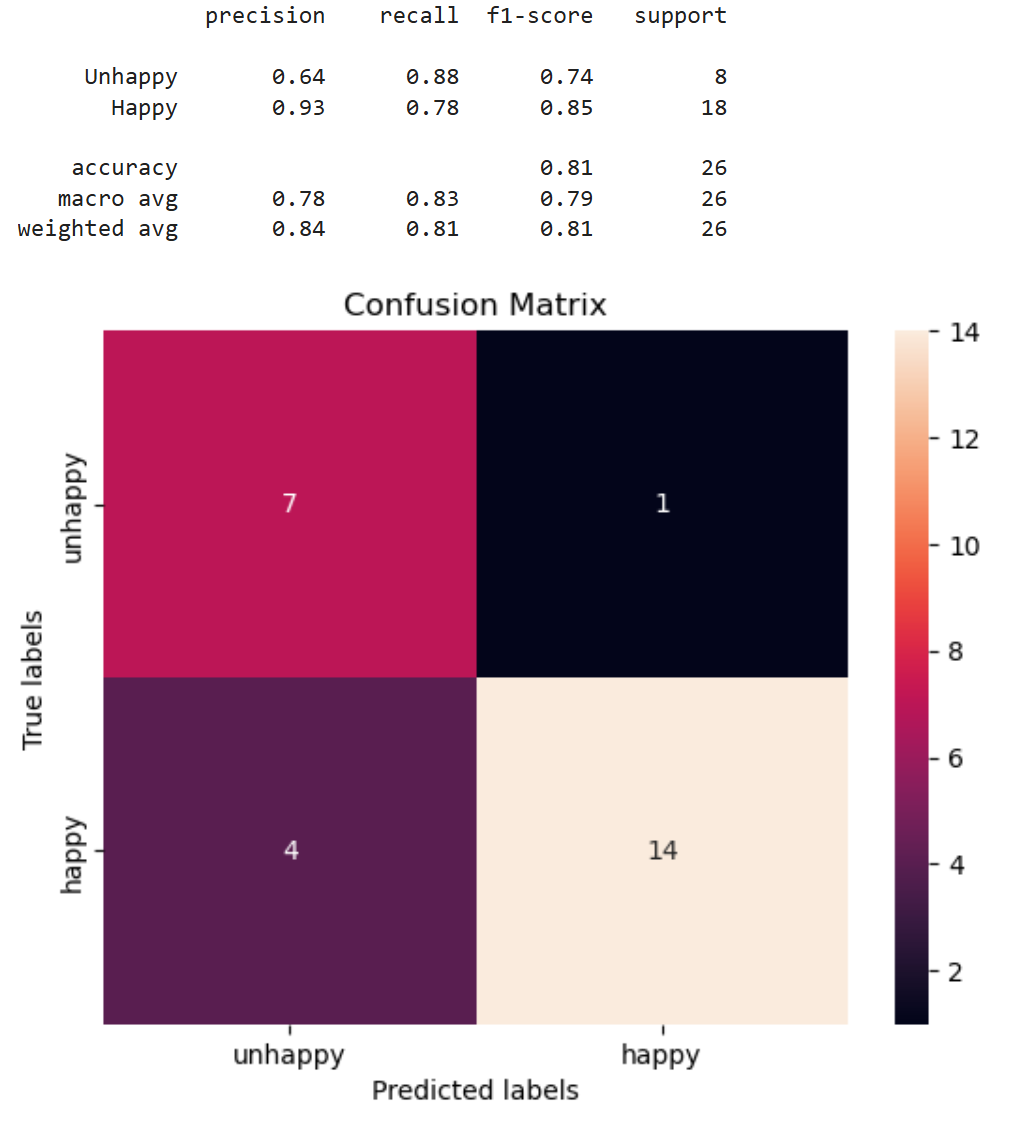Medium
1M
415

Image Credit: Medium
Predicting Customer Happiness
- Understanding customer satisfaction is crucial for business success in today’s competitive market.
- A logistics and delivery startup aimed to predict customer happiness based on survey responses and streamline their survey by identifying significant predictors of customer sentiment.
- The dataset, analyzed using Python with packages like pandas and sklearn, included responses on a scale of 1 to 5 for customer satisfaction surveys.
- Data validation, Exploratory Data Analysis (EDA), Predictive Model Evaluation, Feature Engineering, and Model Training were key steps in the analysis.
- Findings included correlations between survey responses and customer happiness, important predictors of unhappiness, and optimal feature selection using Recursive Feature Elimination.
- Logistic Regression, Random Forest, and Supervised Vector Classifier (SVC) were evaluated for prediction accuracy and recall, with Random Forest performing best.
- Reducing features to optimize the Random Forest model improved Unhappy recall to 88% while maintaining an overall accuracy of 81%.
- The project successfully utilized data analysis and machine learning to predict customer happiness and identify critical survey questions related to customer sentiment.
- Recommendations included focusing on maximizing customer satisfaction in key areas identified through the analysis.
- The author expressed gratitude for the Apziva Residency program and mentorship received in enhancing their skills and knowledge in data science.
Read Full Article
25 Likes
For uninterrupted reading, download the app